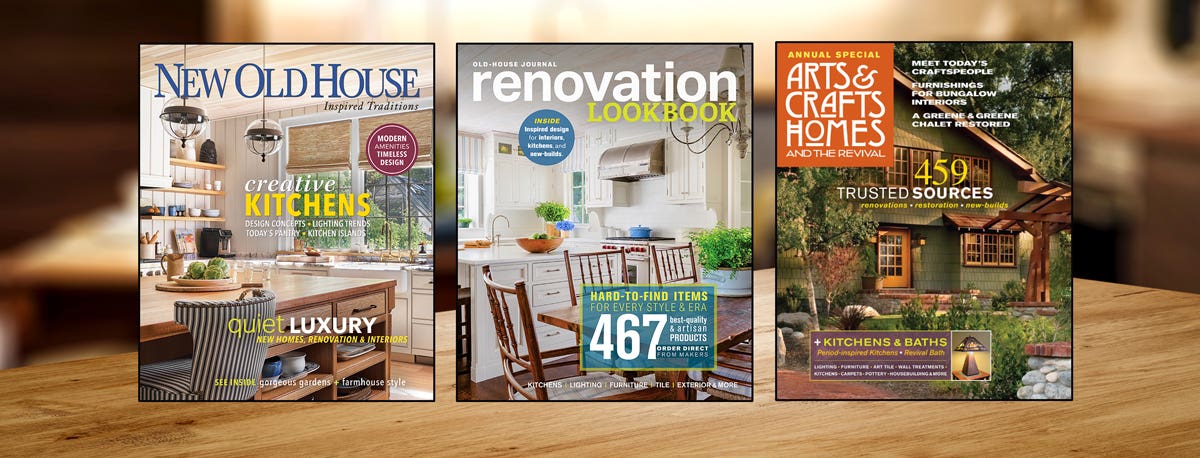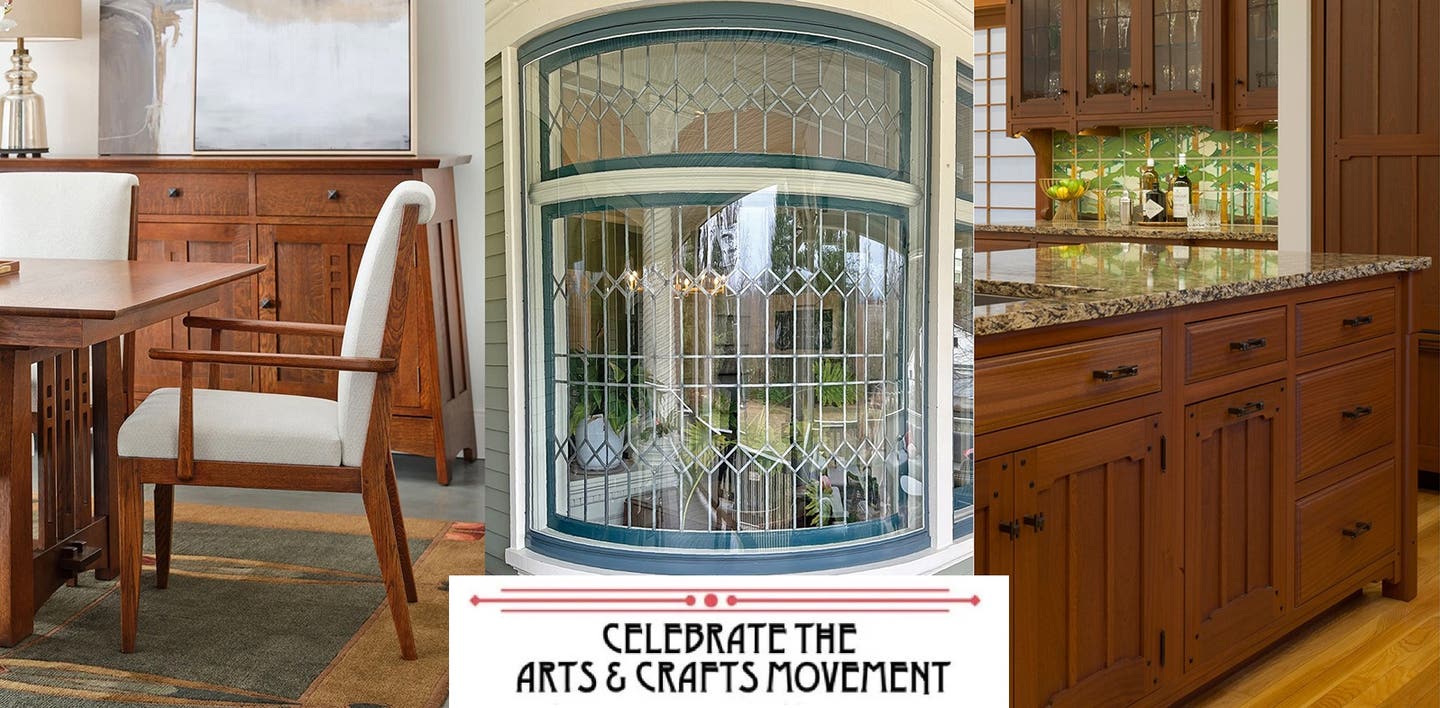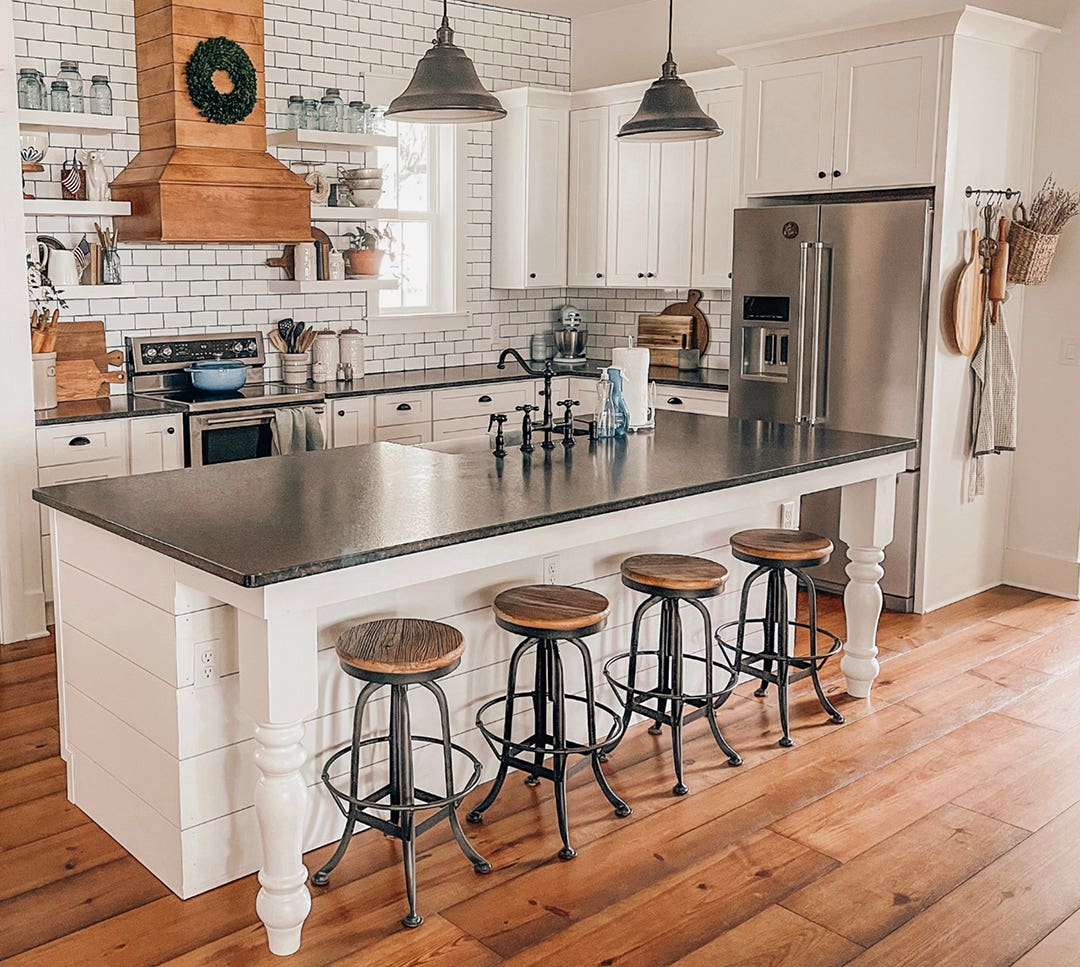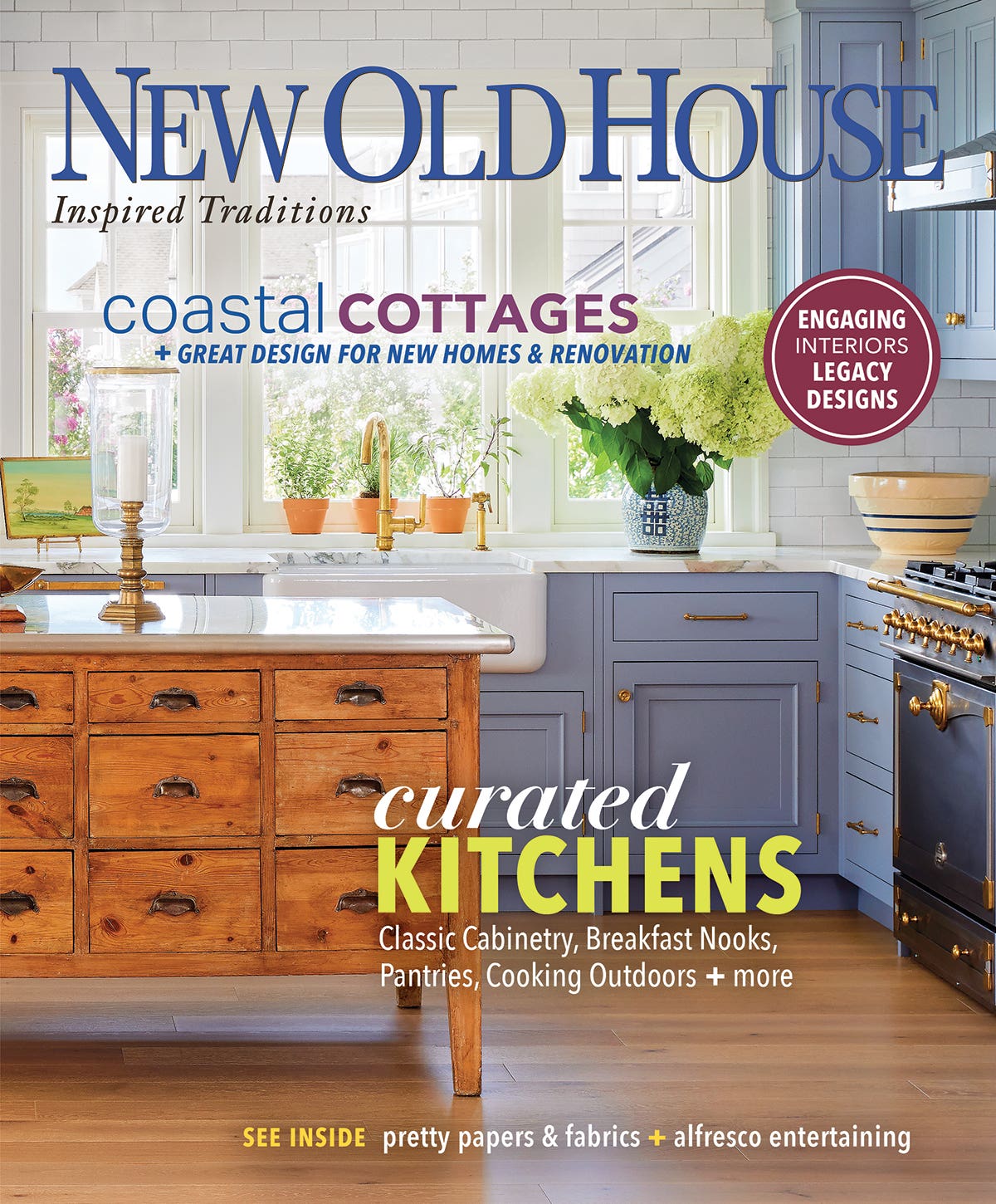Beauty for Every Day
Adherents of the Arts & Crafts movement see beauty where it lives. That’s why we find so many vernacular and regional expressions under the Arts & Crafts umbrella. The buildings…
Adherents of the Arts & Crafts movement see beauty where it lives. That’s why we find so many vernacular and regional expressions under the Arts & Crafts umbrella. The buildings may be stone, brick, or shingled, depending on custom; its motifs may refer to the designs of the Navajo or to local fauna. Consider how different are the Arts & Crafts vocabularies of C.F.A. Voysey (Britain), Gustav Stickley (New York), Greene & Greene (California), and Frank Lloyd Wright (Illinois).
What defines Arts & Crafts, then? Practitioners and designers are concerned less with style, and more with their approach to design and manufacture. They consider the peculiarities of place, use discernment, marry design to craft, and often work cooperatively with other artists and tradespeople. Their clients are looking not for what is trendy or for the cheapest option, but rather for a connection to the maker. Arts & Crafts is not about consumerist acquisition; it’s about making and having fewer, better things.
Arts & Crafts is also about living with beauty every day, the marriage of art and utility. Art is not just for paintings and sculpture; the embroidery on a sofa pillow is art, too.
This wave of the movement has produced stunning new architecture and a pleasing evolution of kitchen design.
It has rallied for greener practices and for smaller homes. A generation of craftspeople and small-business owners has learned to integrate life and work—not achieving the Utopian visions of yesterday, perhaps, but moving in the direction of conscious living. And they make beautiful things, as you’ll see in the pages that follow.
This is our third annual special resource issue of Arts & Crafts Homes. It is devoted to celebrating today’s revival, which has entered its fifth decade. Today’s work is diverse, just like that of the original movement. Of course, it doesn’t all fit in one magazine issue. See more at company websites, and at artsandcraftshomes.com, in both article posts and in the Products & Services section.
Patricia Poore,Editor
ppoore@homebuyerpubs.com
10 Harbor Rd., Gloucester, MA 01930
Patricia Poore is Editor-in-chief of Old House Journal and Arts & Crafts Homes, as well as editorial director at Active Interest Media’s Home Group, overseeing New Old House, Traditional Building, and special-interest publications.
Poore joined Old House Journal when it was a Brooklyn-brownstoner newsletter in the late 1970s. She became owner and publisher and, except for the years 2002–2013, has been its editor. Poore founded the magazines Old-House Interiors (1995–2013) and Early Homes (2004–2017); their content is now available online and folded into Old-House Journal’s wider coverage. Poore also created GARBAGE magazine (1989–1994), the first unaffiliated environmental consumer magazine.
Poore has participated, hands-on, in several restorations, including her own homes: a 1911 brownstone in Park Slope, Brooklyn, and a 1904 Tudor–Shingle Style house in Gloucester, Massachusetts, where she brought up her boys and their wonderful dogs.







